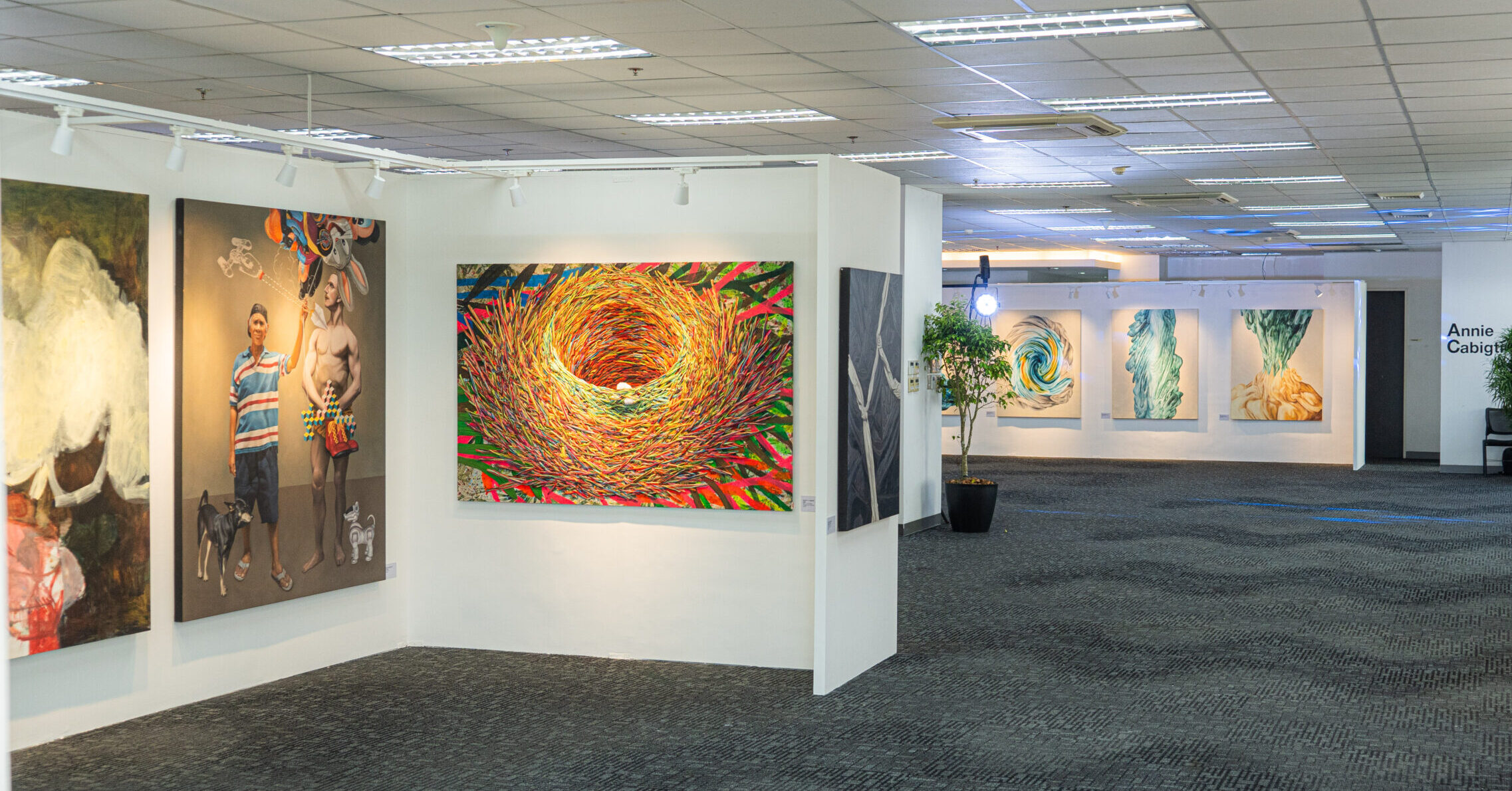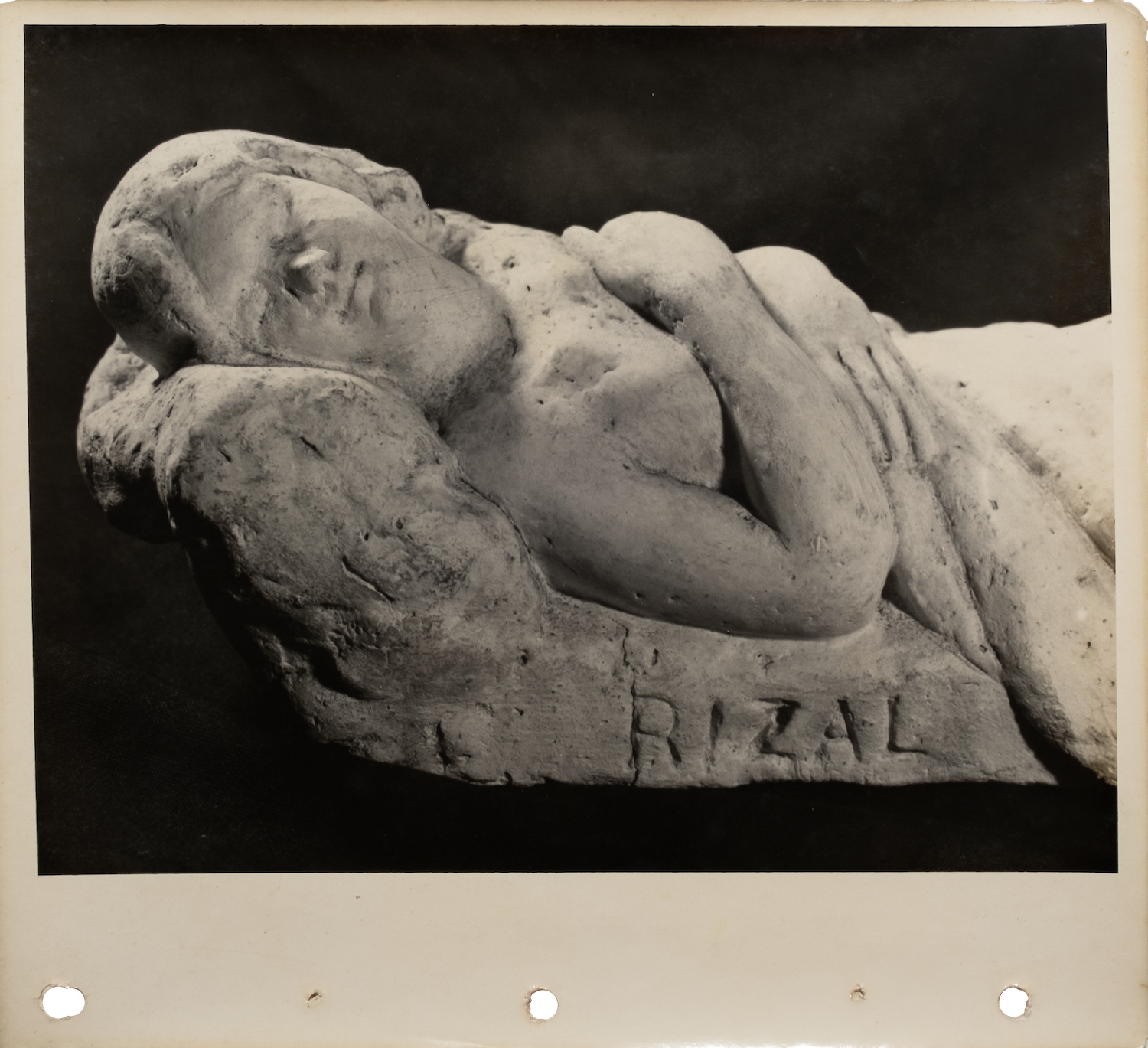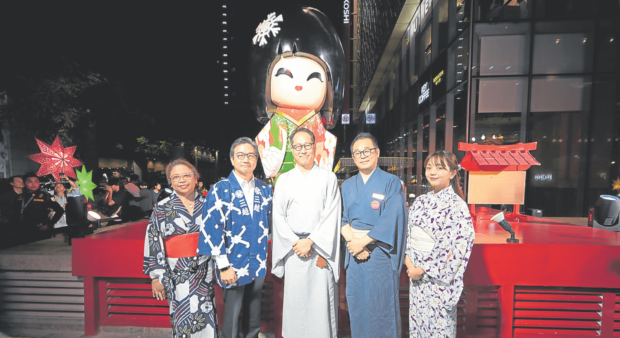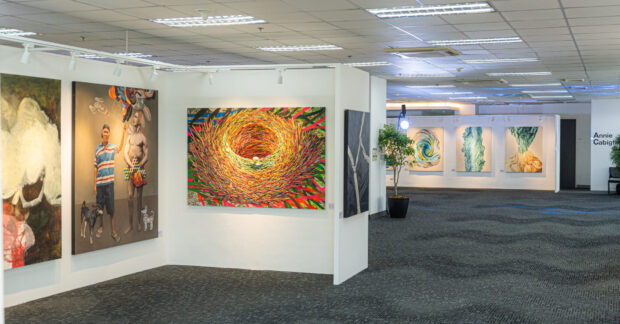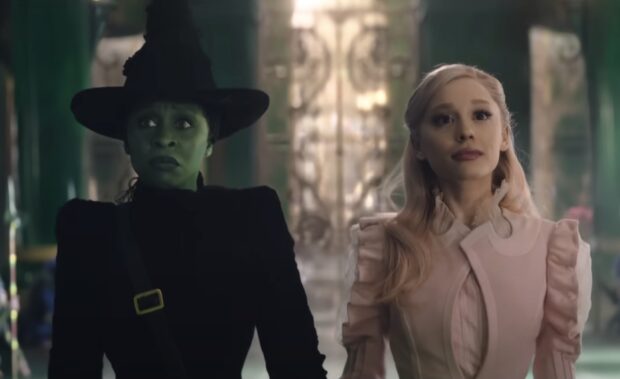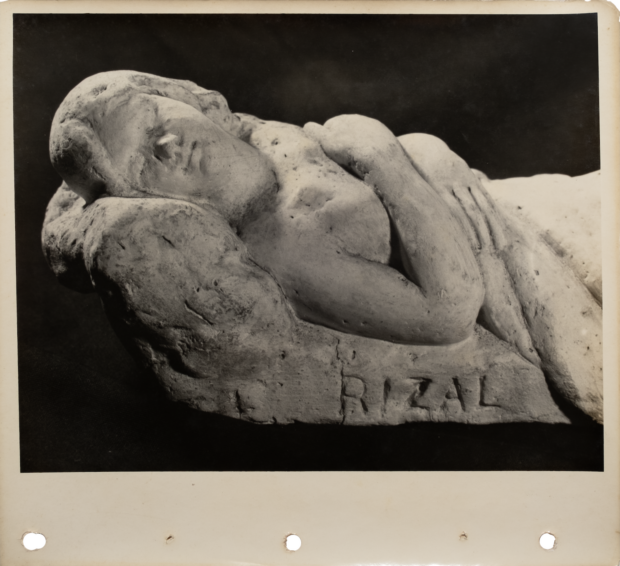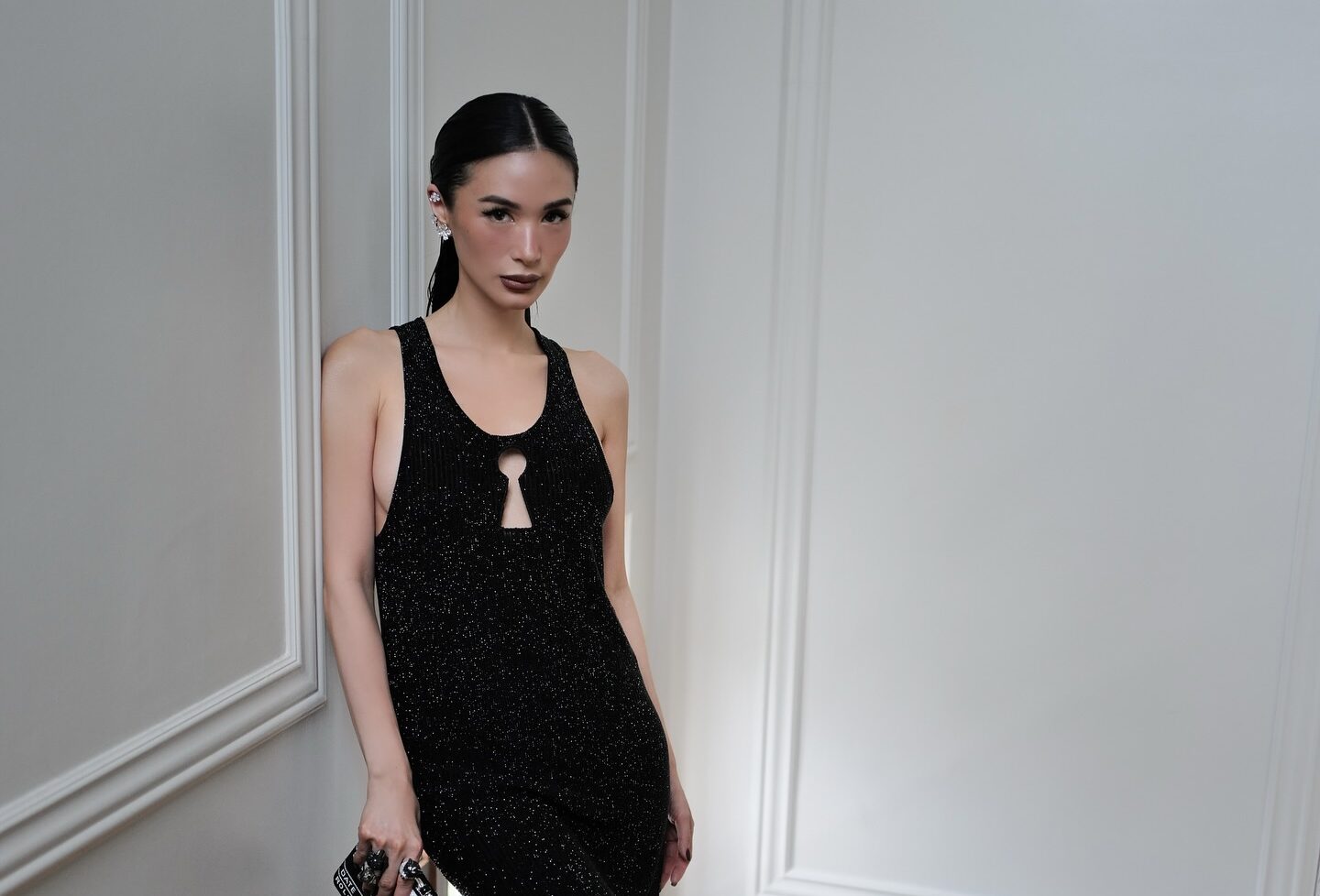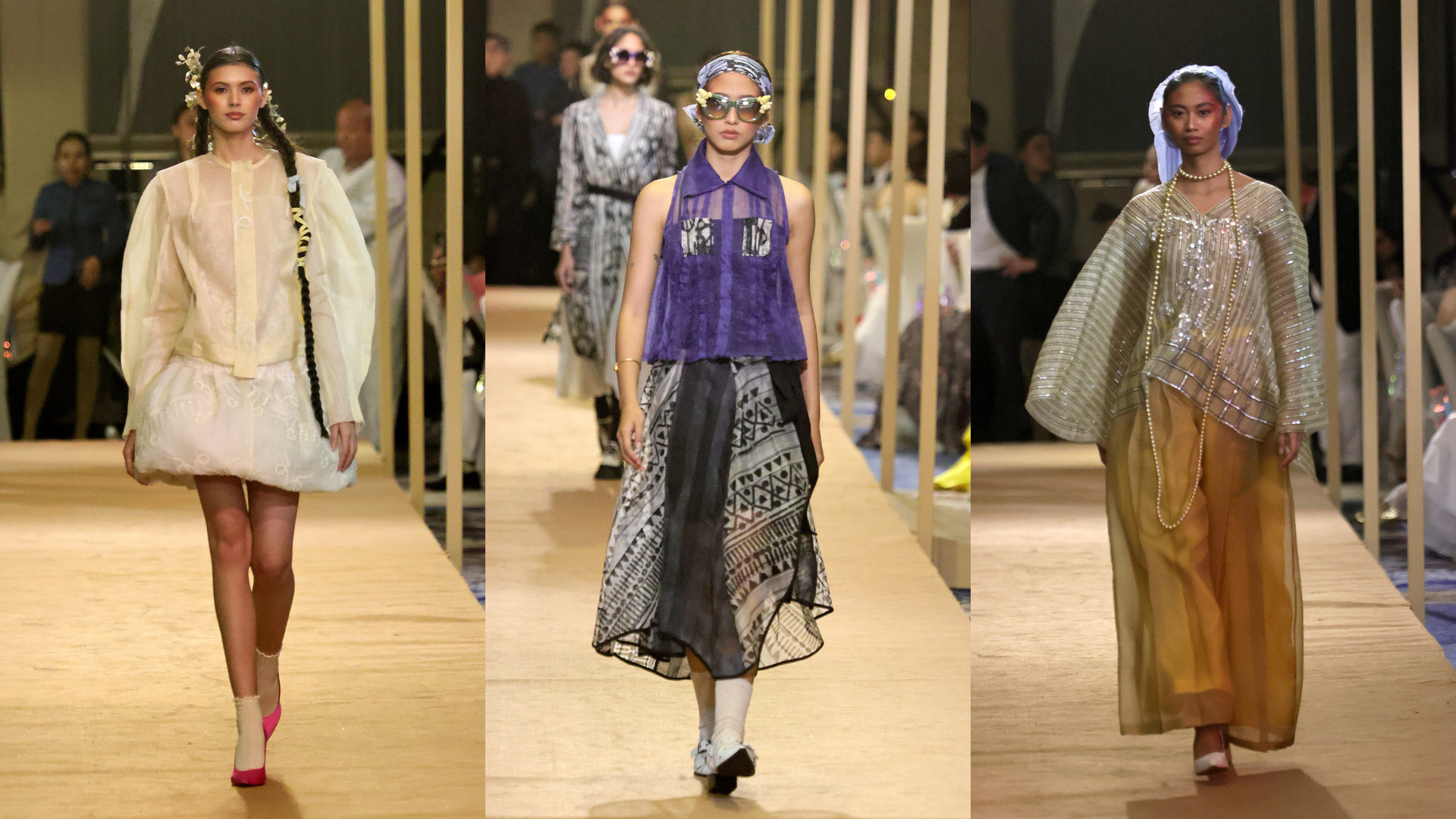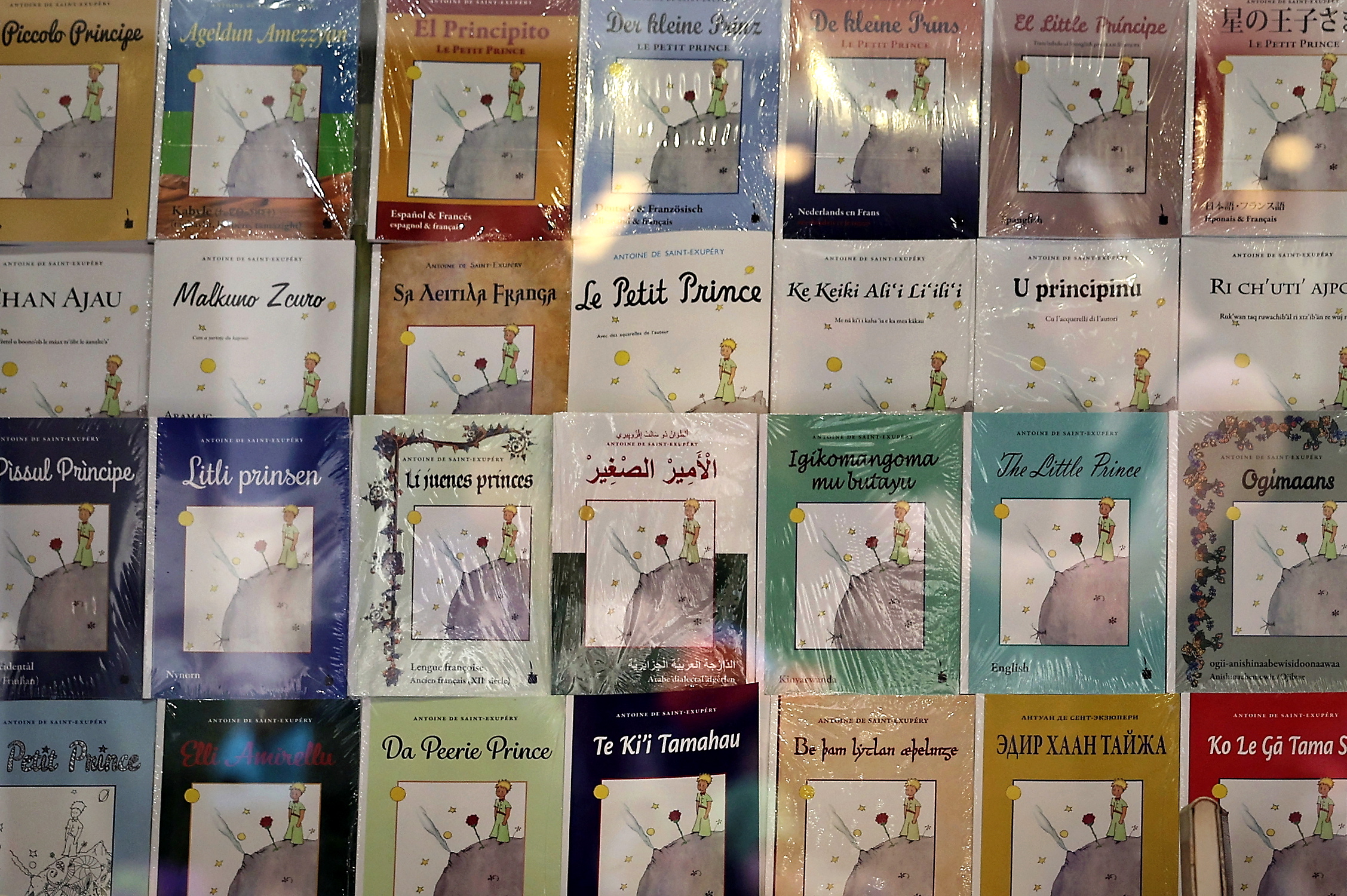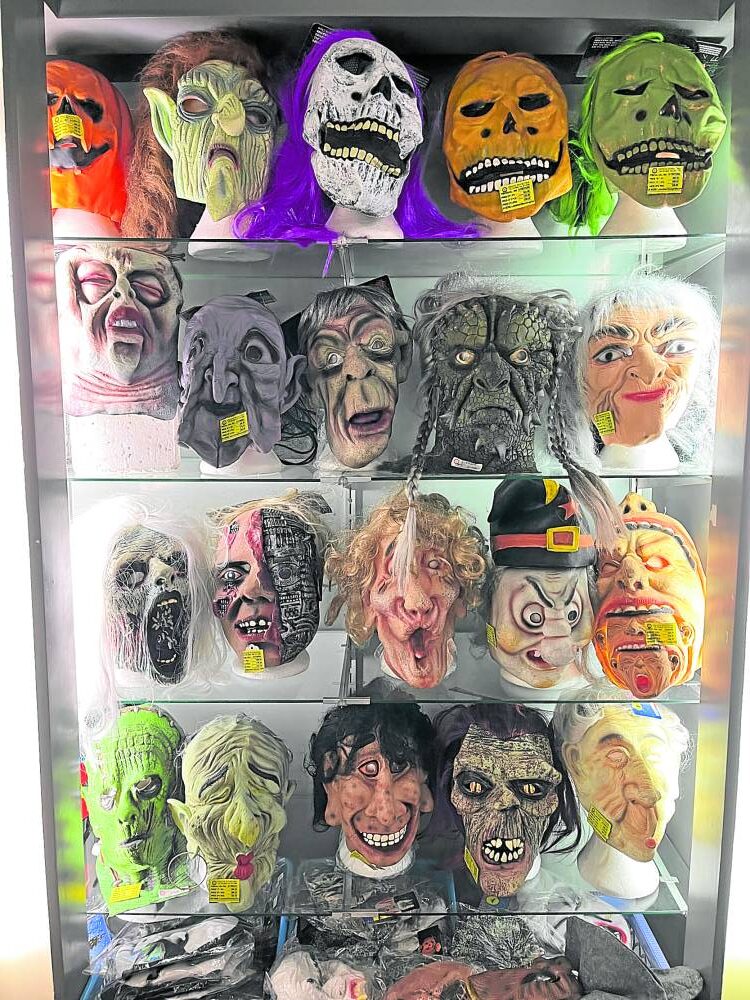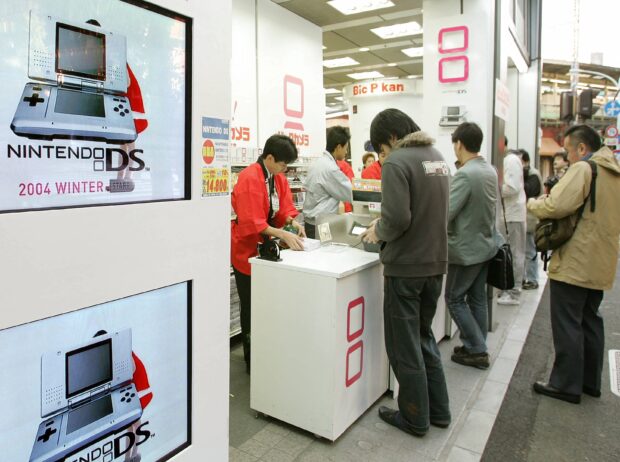In recent years, the annual State of the Nation Address (Sona) has not just been about the most-anticipated speech of the president. It has also become a sort of fashion show where some of the biggest political figures in the country walk down the congressional red carpet dressed to the nines, wearing their interpretation of traditional attire. Some lawmakers go for pomp, while others have used the occasion to make a political statement and express their advocacies.
This annual spectacle of guests, particularly women, parading like peacocks in embroidered, beaded and puffed-up versions of what passes for Filipiniana attire nowadays has somewhat provoked an issue. Most view it as a silly display of extravagance, completely inappropriate in a country where the poor outnumber the rich in overwhelming numbers.
Sen. Miriam Santiago even stated in 2013 that she intends to file a resolution prescribing an official Sona uniform for lawmakers “obsessed with bling.”
How did such an event turn into a “dress parade”?
The dress code for the Sona has always been Filipiniana. During earlier years, like the Cory and Ramos administrations, it used to be only the territory of political reporters.
Show biz and politics
But since the line between show biz and politics has started to blur, the mood and the media coverage started changing, particularly during the Estrada and Arroyo administrations. Media started paying attention to former president Gloria Macapagal-Arroyo’s Filipiniana attire, made by the country’s top designers, as well as to the fashion worn by celebrities who had jumped into the political arena.
Many women followed suit, ditching smarter pant and skirt suits in favor of Filipiniana finery, with jewelry and bags to match.
While everyone is free to wear whatever one pleases, personally, I would like to see a little bit more restraint. It’s not even an issue where the money for such clothes came from (I will leave that to the more seasoned investigative journalists). It’s a matter of what is appropriate for the seriousness of the occasion, even as simple as what is suitable to the time of the day—all that embellishment and jewelry in broad daylight? It’s like me attending a business meeting in a feathered gown; no one would take me seriously if that were the case.
Don’t get me wrong, I love fashion and I, too, support local designers—I wouldn’t be a lifestyle columnist if I didn’t. But the Sona is official business for the government—not an awards ceremony, gala premiere or state dinner.
Filipiniana is usually interpreted in very limited ways, as a long terno or Maria Clara, but one only has to look at how the Maria Clara was interpreted at last year’s Inquirer Face-Off fashion show to see that there are other ways to adhere to the prescribed dress code without much pomp and circumstance.
Or perhaps, the dress code can simply be changed to business attire. After all, if the argument for wearing such fashion to the Sona is to show support for local designers, one can also show support to designers with business attire—or with any attire, for that matter. Only this time, such fashion will bring back the real purpose of the Sona.
E-mail the author at frontrowedit @gmail.com.


